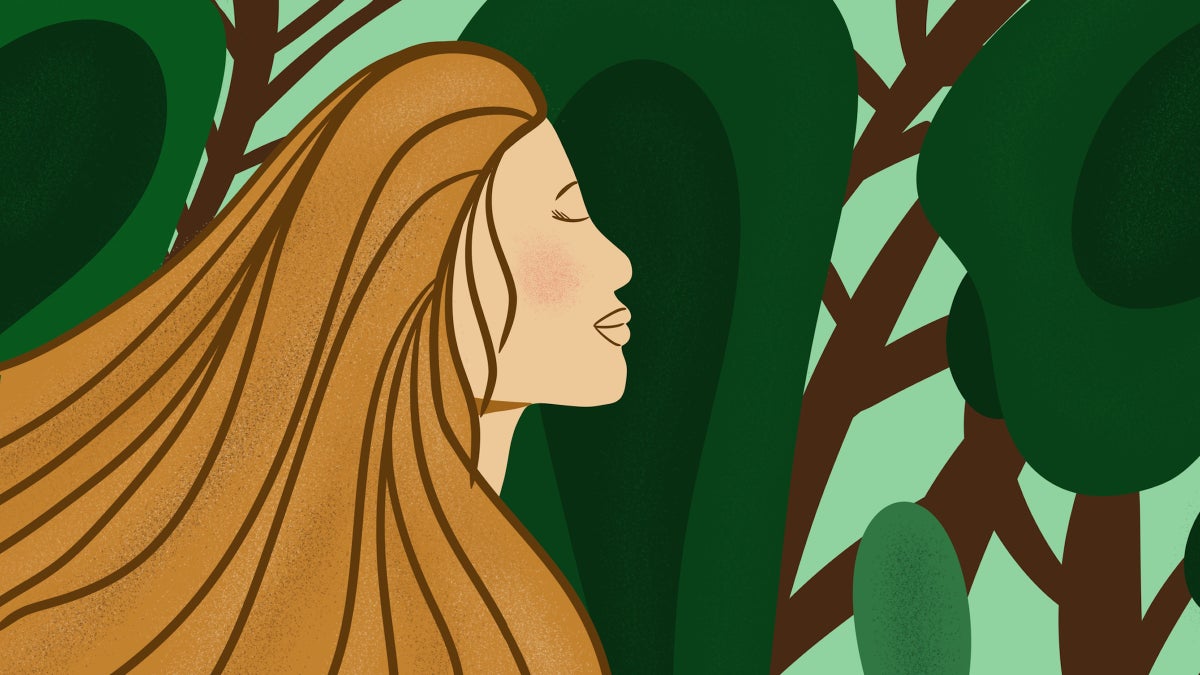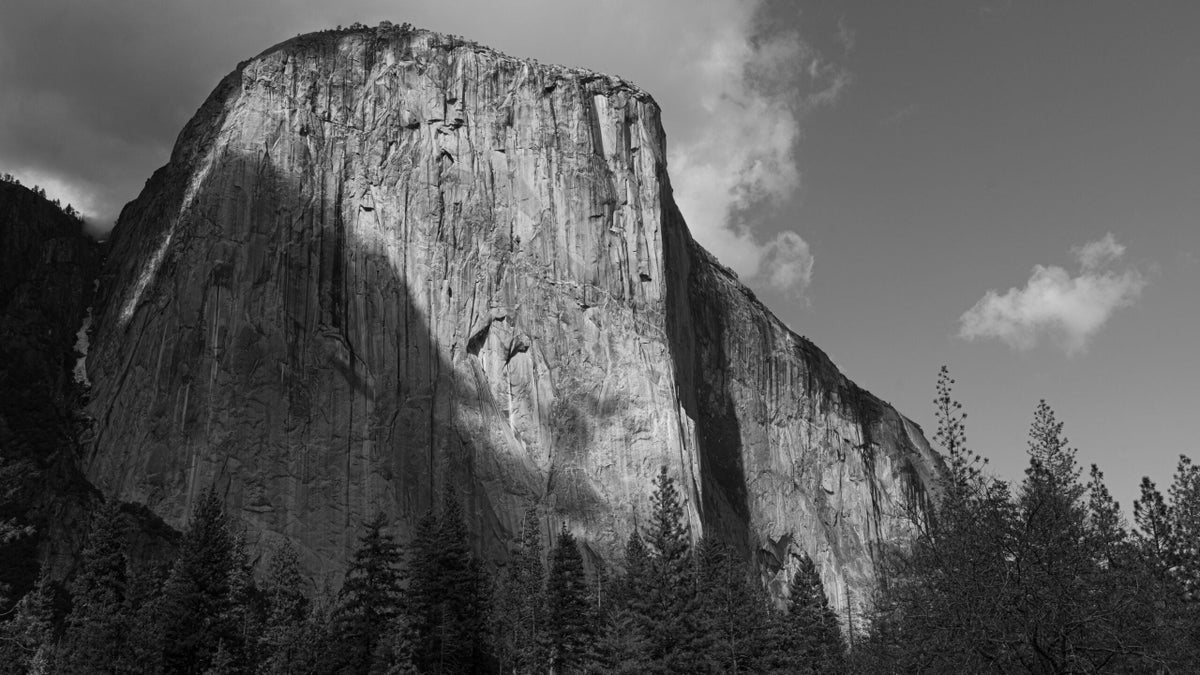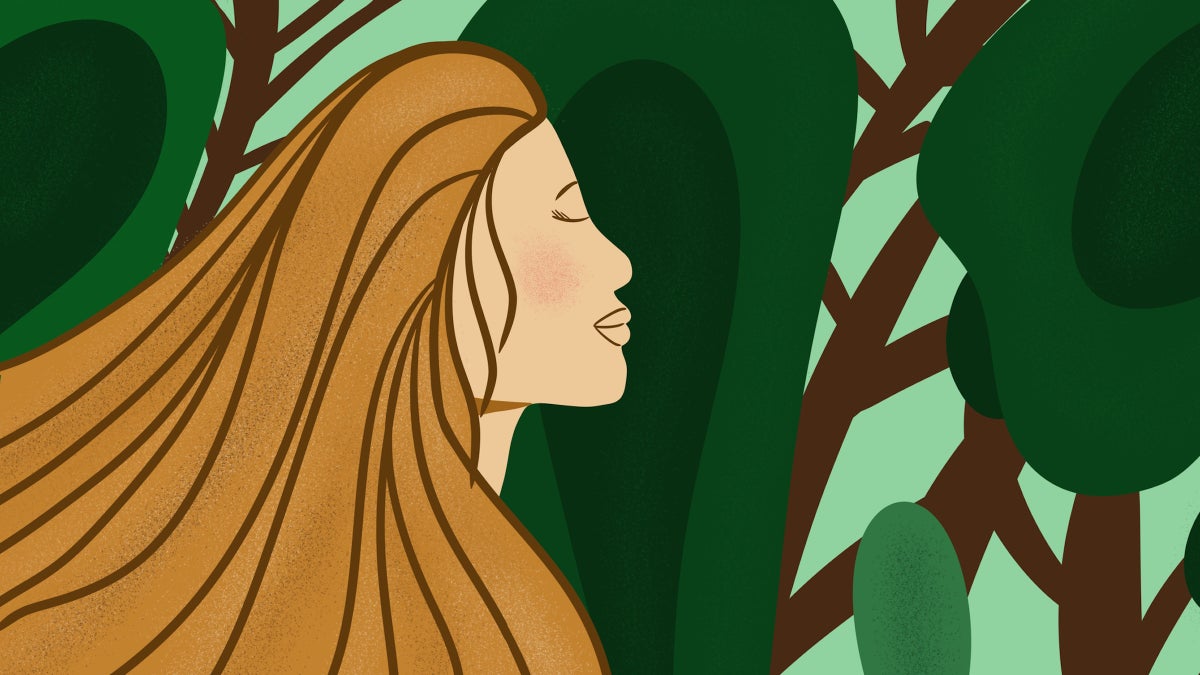
I’ve spent most of my adult life in the northwoods, where forest bathing, as I understood it, just meant going outside. So I admit to a dose of skepticism about the phenomenon. Naming—branding!—the act of sitting or walking outdoors struck me as commodification to the Nth degree, in the same vein as bottling groundwater and selling it back at top price. You might as well call laughing “abdominal contraction therapy” or sleep “circadian hibernation.” Why complicate something so simple, so utterly human?
That said, I’ve been living with family in Chicagoland this year, so I’ve had to be a lot more intentional about finding nature—not to mention humble about what, exactly, nature is, and what counts as time outdoors. I’ve gone from dogsledding across the tundra to watching fireflies in the backyard. In the interest of experimentation, and giving forest bathing its proper due, I decided to macrodose plants at the Chicago Botanic Garden, which hosts almost 400 acres of curated native and exotic vegetation. The garden’s website even lists 16 “invitations” for forest bathing specifically: prompts for engaging your senses more deeply than most of us do on a daily basis, like sipping air through your lips to see what it tastes like, or considering a tree’s canopy from a squirrel’s point of view. My personal favorite invite? The suggestion (number three) to make friends with a rock, which I did promptly upon arriving at the garden at 8 A.M. This friend is happy to hold any worries you may have, the website claims, which may be the cutest thing I’ve heard.
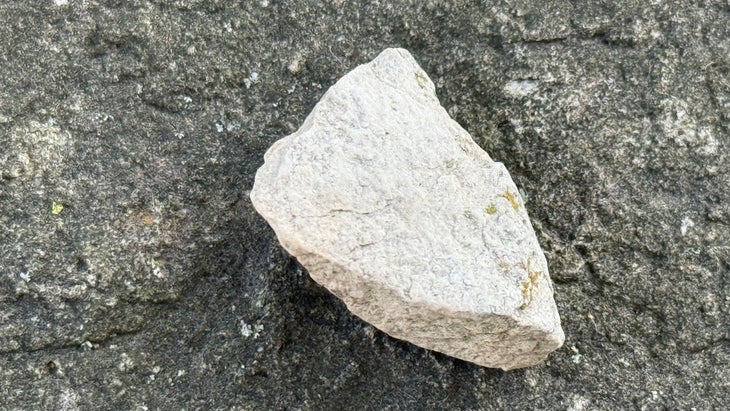
As it turns out, forest bathing isn’t just going outside; it’s a specific practice that originated in Japan in the 1980s, under the name shinrin-yoku, as a direct response to the country’s epidemic of stress among business workers. By naming the practice of being mindful outdoors, and providing structure (official government-sponsored trails!) for folks to engage, Japanese researchers assigned weight and significance to the human-nature connection. Doctors could even prescribe shinrin-yoku for conditions like depression and anxiety, which—like most mindfulness activities—forest bathing is decidedly likely to help. And though it’s come to the United States gradually, the largest U.S.-based forest therapy organization—The Association of Nature and Forestry Therapy Guides (ANFT)—has licensed over 2,500 “Certified Trail Consultants” and will offer 17 six-month trainings in the next year alone.
The Chicago Botanic Garden’s own forest bathing guide, Sally Peterson, is a social worker who came to the practice after caring for a sick child long-term. “People kept telling me I had to go on vacation,” she explained to me over the phone. “But how could I?” So she signed up for a forest bathing training based on the teachings of Amos Clifford, an advocate for outdoor meditation who founded the ANFT in 2012, and who—rumor has it—can lead a riveting three-hour session around a single tree. Sally loved how accessible forest bathing was—how adapting meditations to whatever natural elements were available was, in fact, the whole point. At the time, she was working with clients in care facilities who couldn’t easily get outdoors. She started bringing in baskets of grass that they could step in with their bare feet.
Over the eight years that she’s been guiding sessions at the Botanic Garden, Sally’s seen a lot of returners, as well as a major increase in public understanding about what, exactly, forest bathing is. (In one of her first classes, a guy showed up with a towel; that hasn’t happened since.) She’s guided corporate groups, paramedics, and business students, on top of her regular public classes, whose attendees are often middle-aged women who don’t feel comfortable getting outdoors alone. Once, Sally led a private session for a former prisoner of war, whose coping mechanism for PTSD was chain-smoking. He reported after the two-hour session that it was the longest he’d gone without smoking in decades straight.
Forest guides tend to originate from two backgrounds—either mental health or spirituality. I spoke to another guide in the Chicagoland area, Kristy Belton, who comes from the latter. Her practice hinges on the intuitive: she drums, chants, and engages in vocalizations that she calls soul-singing. Clients have encountered dead relatives on her watch. She advised me over the phone, for my own session, with a kind of passionate insistence that made it seem like she had an exclamation point between each word. “Forest bathing is a gateway to possibility, Blair,” she said. “Remember what it’s like to feel! Earth! Between your fingers!”
Touching dirt seemed rude in a public garden–if not to the gardeners, then to the plants–so I sat instead on a park bench and focused on my other senses: the smell of chlorophyll, the constant rush of leaves overhead. Mainly, I noticed bugs. Were there always so many? Bees and wasps flitted together on yellow flowers, and as the day wore on, gnats clumped in beams of sunshine to make a kind of haze. Folks came through the garden in waves: young moms with strollers; couples speaking Russian, Swedish, French; retirees in spandex gossiping about college reunions. Voices were happy, calm. Every now and then I looked down on my rock friend, checking in to see how he handled the stress. He was doing just fine.
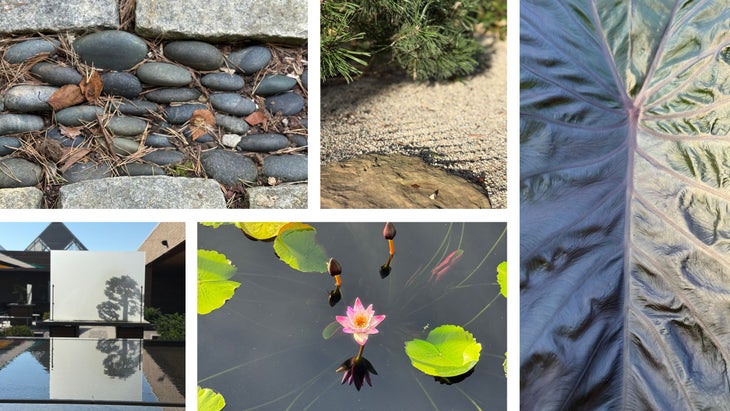
My initial question, about whether I could forest bathe in a city, began to seem absurd. Of course, you don’t have to be in a city to forest bathe—but as the day wore on, the location struck me as useful indeed. If the main difference between going outside and forest bathing is intention, then being in a city—where you have to be intentional about finding nature—is a kind of cheat code. By the time you’ve gone out of your way to find a garden, or a tree, or a yard with fireflies at dusk, you’re already most of the way there.
The post Can You Really Forest Bathe in the Middle of a City? I Tried It. appeared first on Outside Online.










